Have you ever wondered what happened to the 56 men who signed the Declaration of Independence?
British subjects at the time, they advocated the overthrow of the government for a free and independent America. It was, in fact, our first Civil War. These rebels signed the Declaration of Independence and pledged their lives, their fortunes, and their sacred honor to their new country.
Seventeen fought in the ensuing war. Thomas Nelson was a colonel in the Second Virginia Regiment and William Whipple served with the New Hampshire militia. Oliver Wolcott led the Connecticut regiments sent for the defense of New York and commanded a brigade of militia that took part in the defeat of General Burgoyne. Caesar Rodney was a Major General in the Delaware militia and John Hancock was the same in the Massachusetts militia.
Five of the signers were captured by the British during the war although only Richard Stockton of New Jersey is said to have been imprisoned solely for having signed the Declaration of Independence. He died after a year after he was released. Colonel George Walton was wounded and captured at the Battle of Savannah and was exchanged for a British naval captain. Captains Edward Rutledge, Thomas Heyward, and Arthur Middleton were all captured during the siege of Charleston in 1780 and exchanged a year later, too late to protect their property which had been looted as had the properties of Hall, Clymer, Walton, Hooper and Gwinnett. Gwinnett later died in a duel with a political rival in Georgia in 1777.
Thomas Lynch of South Carolina was arrested in 1780 and held on board a British prison ship for a year. During his imprisonment, his plantation was sacked and his slaves (more than 130) were taken and believed sold to sugar plantations in Jamaica. Twelve others had their homes ransacked and burned. Most of the homes that were destroyed were in the South at a time when the British had adopted a "scorched earth" policy against the colonies in an effort to gain the support of southern loyalists.
Carter Braxton of Virginia, a wealthy planter and trader, saw his ships swept from the seas by the British Navy and, after making several bad investments, was forced to sell his home and properties to pay his debts. Colonel Thomas McKean of Delaware was so hounded by the British that he was forced to move his family almost constantly. He served in the Congress without pay, and his family was kept in hiding.
Legend has it when Thomas Nelson Jr was told the British General Cornwallis had taken over his home for British headquarters, he replied, "Blow the damn thing down." Nelson's house is still standing at Yorktown and there are cannonballs embedded in its east wall.
Francis Lewis had his home and properties destroyed. His home on Long Island was destroyed by British calvary in the fall of 1776. Mrs. Lewis was captured by the British but was eventually released in exchange for a British officer's wife. Mrs. Lewis died two years after her release. Altoghether, eleven signers had their homes and property destroyed.
John Hart was driven from his wife's bedside as she was dying. Their 13 children fled for their lives. His fields and his gristmill were laid to waste. For more than a year he lived in forests and caves, returning home to find his wife dead and his children vanished. A few weeks later he died of exhaustion and a broken heart. Morris and Livingston suffered similar fates.
Abraham Clark of New Jersey had two of his sons captured by the British during the war. The son of John Witherspoon was killed at the Battle of Germantown.
What kind of men were these 56 rebels who signed the Declaration of Independence? Twenty-two were lawyers and nine were judges. Stephen Hopkins had been Governor of Rhode Island. Eighteen of the signers were merchants or businessmen, 14 were farmers, and four were doctors. Although two others had been clergy previously, John Witherspoon of New Jersey was the only active clergyman to attend. He wore his pontifical to the sessions.
These were men of means, interested in the well being of their fellow countrymen. 42 had served in their States legislature. They were well educated men. Seven had attended Harvard, four each at Yale and William & Mary, and three at Princeton. John Witherspoon was the president of Princeton and George Wythe was a professor at William & Mary.
Nine of the signers were immigrants, two were brothers, two were cousins, and one was an orphan. They were slave owners and duelists, men who were good in business and men who were not. In short, they were ordinary human beings, thrust into an extraordinary situation. They put their lives on the line to preserve the country they loved.
After the Revolution, 13 of the signers went on to become governors, and 18 served in their state legislatures. Sixteen became state and federal judges. Seven became members of the United States House of Representatives, and six became United States Senators. James Wilson and Samuel Chase became Justices of the United States Supreme Court.Thomas Jefferson, John Adams, and Elbridge Gerry each became Vice President, and John Adams and Thomas Jefferson became President. The sons of signers John Adams and Benjamin Harrison also became Presidents.
Oddly enough, two of the men who signed the Declaration of Independence died on July 4th! U.S. Presidents John Adams and Thomas Jefferson died 50 years after the signing, to the day. President James Monroe also died on the 4th, but in 1831. On July 4, 1872, President Calvin Coolidge was born. July 4th became a legal holiday until 1941.
Roger Sherman, Robert Morris, Benjamin Franklin, George Clymer, James Wilson, and George Reed later signed the United States Constitution. The Declaration of Independence, along with the Constitution and the Bill of Rights, is on public display at the Rotunda of the National Archives.
So, take a few minutes while enjoying your 4th of July Holiday and silently thank these patriots. It's not much to ask for the price they paid. Remember Freedom is never free!
Saturday, July 4, 2009
Subscribe to:
Post Comments (Atom)
.jpg)

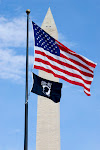

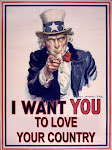
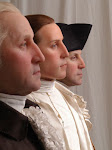
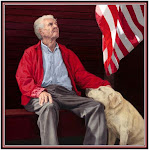


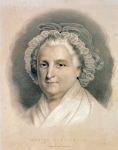

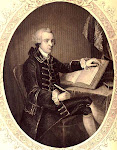
.jpg)
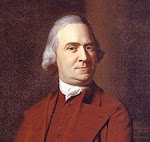
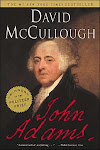


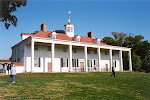
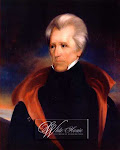

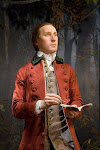



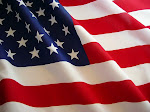


+%26+Tabitha+Simmons+(1765-1850)+Stone+at+Richmond+Cemetery,+KY.jpg)



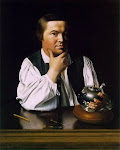

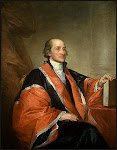


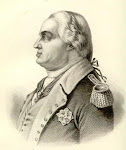
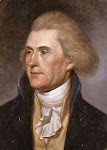

No comments:
Post a Comment